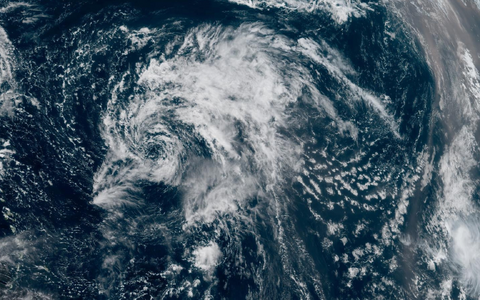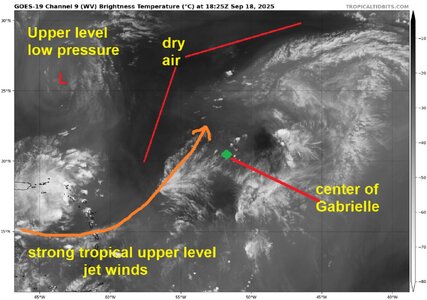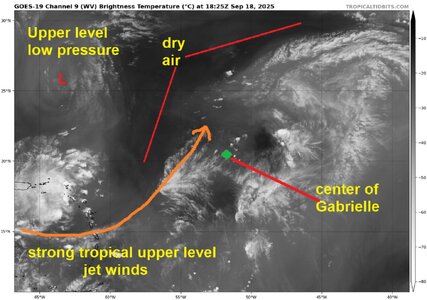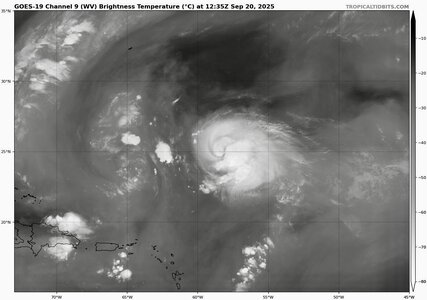William Monfredo
EF4
Erin's extra-tropical now and did not present huge problems with US impacts, but it did grow very large.
I was wondering when the last time was that I saw an Atlantic hurricane so big near the United States.
Maps below may not appear perfectly to scale, but show a couple wind histories, about 13 years apart.
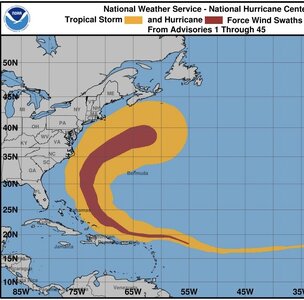
Above, in the morning, Erin's hurricane-force winds spread out up to 140 miles from center.
Tropical-storm-force winds also grew substantially outward up to 435 miles from the middle.
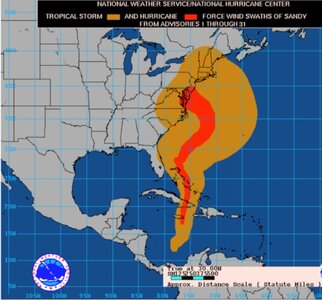
When have we had something as big or bigger in the Atlantic Ocean over the years?
Above, Hurricane Sandy's wind history, this areal extent goes back to October 2012.
I was wondering when the last time was that I saw an Atlantic hurricane so big near the United States.
Maps below may not appear perfectly to scale, but show a couple wind histories, about 13 years apart.

Above, in the morning, Erin's hurricane-force winds spread out up to 140 miles from center.
Tropical-storm-force winds also grew substantially outward up to 435 miles from the middle.

When have we had something as big or bigger in the Atlantic Ocean over the years?
Above, Hurricane Sandy's wind history, this areal extent goes back to October 2012.

